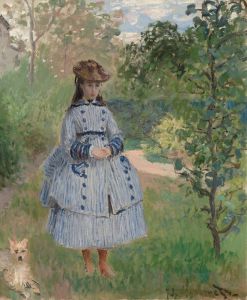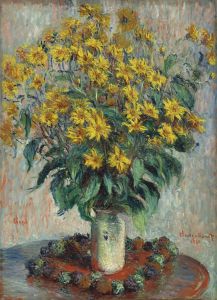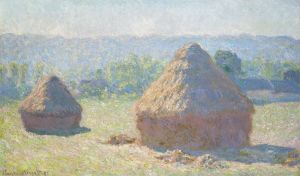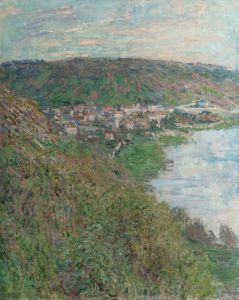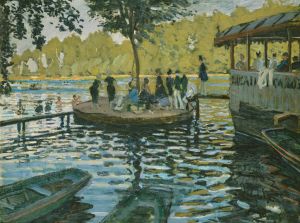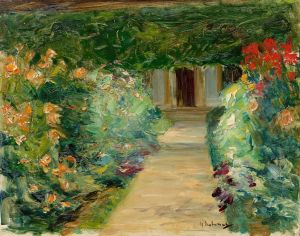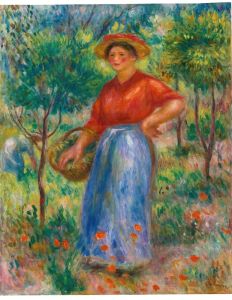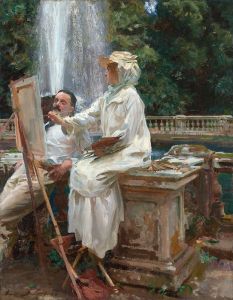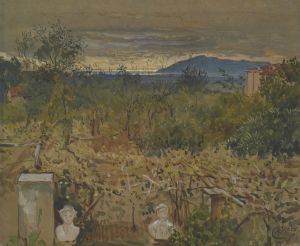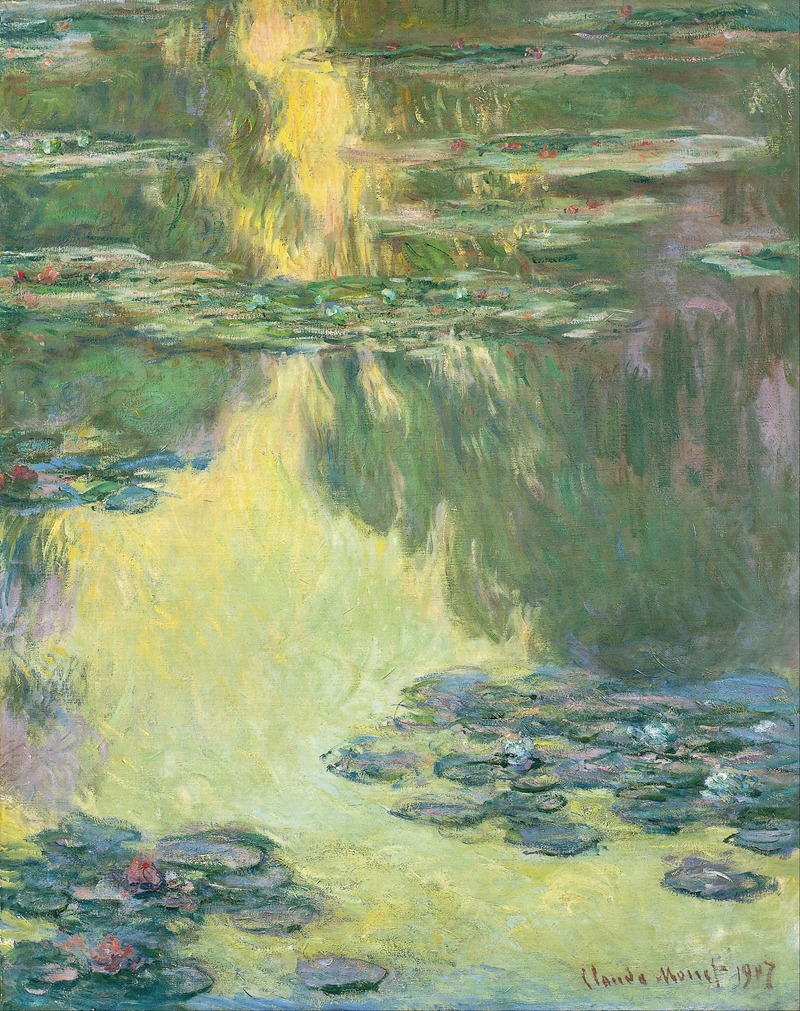
Waterlilies
A hand-painted replica of Claude Monet’s masterpiece Waterlilies, meticulously crafted by professional artists to capture the true essence of the original. Each piece is created with museum-quality canvas and rare mineral pigments, carefully painted by experienced artists with delicate brushstrokes and rich, layered colors to perfectly recreate the texture of the original artwork. Unlike machine-printed reproductions, this hand-painted version brings the painting to life, infused with the artist’s emotions and skill in every stroke. Whether for personal collection or home decoration, it instantly elevates the artistic atmosphere of any space.
The "Water Lilies" series by Claude Monet is a collection of approximately 250 oil paintings created by the French Impressionist artist during the last three decades of his life. These works depict Monet's flower garden at his home in Giverny, France, and are considered some of his most iconic and celebrated contributions to the Impressionist movement. The series captures the beauty of water lilies floating on the surface of a pond, often with reflections of the sky, trees, and light, creating a sense of depth and tranquility.
Monet began painting the water lilies in the late 1890s, and the series became a central focus of his artistic output until his death in 1926. The paintings are notable for their innovative use of color, light, and brushwork, which convey the changing effects of weather, time of day, and seasons. Monet's approach to these works was deeply influenced by his desire to capture fleeting moments and the ephemeral qualities of nature, a hallmark of the Impressionist style.
The water lily pond at Giverny was a carefully designed feature of Monet's garden, which he cultivated with great care. He had the pond constructed and filled with water lilies imported from Japan, reflecting his interest in Japanese art and design. Monet's garden and the pond became a source of endless inspiration for him, and he often painted the same scene under different lighting conditions and at various times of the year.
One of the most famous subsets of the series is the large-scale panels known as the "Grandes Décorations," which Monet created specifically for the Musée de l'Orangerie in Paris. These monumental works, measuring nearly 2 meters in height and spanning several meters in width, were installed in two oval-shaped rooms at the museum in 1927, a year after Monet's death. The panels are arranged to create an immersive experience, surrounding viewers with the serene and meditative imagery of the water lilies.
Monet's "Water Lilies" series has had a profound influence on modern art, inspiring later movements such as Abstract Expressionism. The paintings are housed in museums and private collections around the world, with notable examples held at the Musée d'Orsay and the Musée de l'Orangerie in Paris, the Metropolitan Museum of Art in New York, and the Art Institute of Chicago, among others.
The "Water Lilies" series remains a testament to Monet's mastery of capturing the interplay of light, color, and nature, and it continues to be celebrated as one of the most significant achievements in the history of art.





